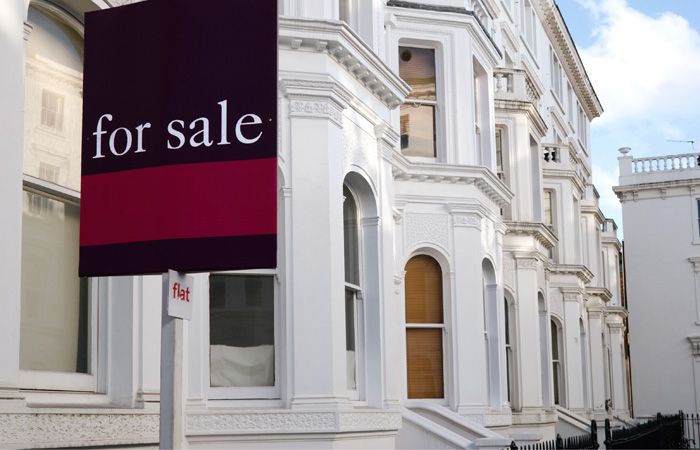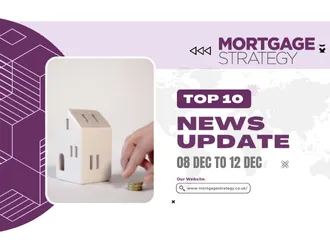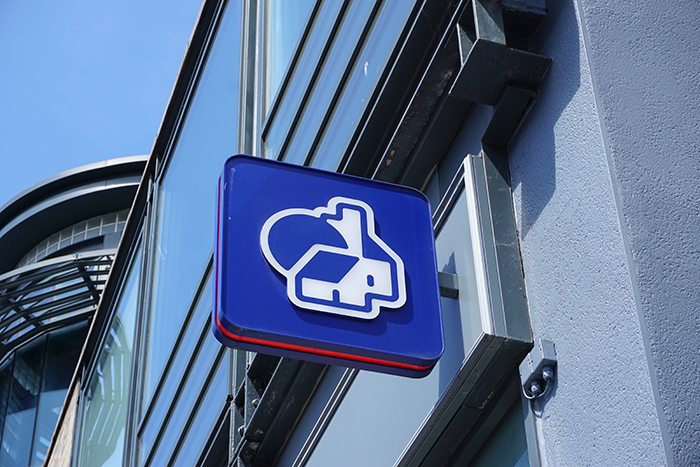
The cost of property sales that collapsed in 2022 topped £1bn, a 6.3% increase on the previous 12 months, data from the House Buyer Bureau shows.
The amount of home sales that fell through last year hit £1.03bn, despite a 15.9% slump in market activity in the final three months of the year compared to the previous quarter, due to a slowdown sparked by mortgage rate hikes caused by the mini-Budget and the run-up to Christmas.
The annual figure has risen for five years in a row and marks a 75% increase on 2018.
Around 75,800 homebuyers and sellers saw property sales stall in the fourth quarter of 2022, totalling £251m, 16.6% below the value in the previous three months, says the ‘quick buying’ property firm’s report.
The cost associated with each collapse in the final quarter fell marginally by 0.8% to average £3,311.
House Buyer Bureau managing director Chris Hodgkinson says: “There’s no denying that the market has now started to cool and while this may bring its own concerns, a reduction in both sales volumes and house prices during the final stages of last year has, at least, seen a drop in the number of transactions that are collapsing on a quarterly basis, as well as a reduction in the cost incurred by buyers and sellers.
“There is, of course, a seasonal element at play here as well, with the final months of the year traditionally bringing a lull in market activity.
He adds: “However, this quarterly market gauge of instability not only remains higher when compared to the final quarter of 2021, but when viewing 2022 as a whole, the total cost to the industry has also continued to climb, breaching the £1bn threshold.
“It will be interesting to see where we sit during the first quarter of 2023. It’s predicted that the market will stand fairly firm which could well reverse the current downward trend in fall throughs as buyers and sellers return to the fold and market activity increases.
“When you also consider the additional volatility caused by the cost-of-living crisis and increasing cost of borrowing, we expect this will probably be the case.”



